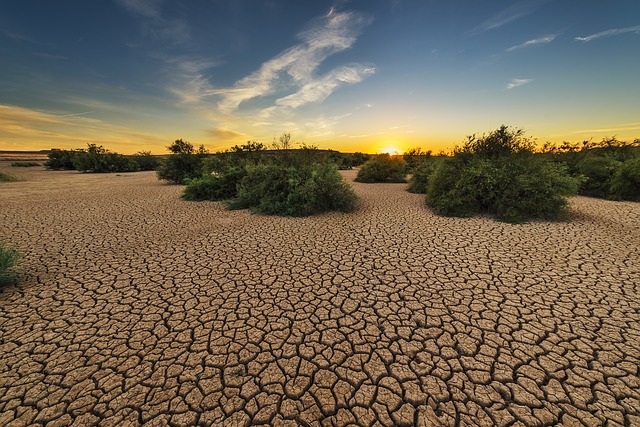Finance & Business
The effects of the U.S. drought for the economy

Ohio is among 29 U.S. states designated as a natural disaster zone because of the drought. The U.S. Department of Agriculture said conditions are the worst since 1988.
More than 1,000 counties nationwide have been affected by the U.S. drought. This severe drought has been brewing for eight consecutive weeks now. “Butler County is on the brink of a severe drought,” said Mike Kurz, meteorologist with the National Weather Service in Wilmington.
Also particularly affected by the drought are Butler County and Warren County said Mike Kurz, meteorologist with the National Weather Service in Wilmington. The extreme weather conditions are driving up food prices tremendously in some areas. The average price of corn for the 2012-13 season is expected to be $5.40 to $6.40 per bushel – up from $4.20 to $5 in June.
As of July 12, 36 percent of Ohio’s corn and soybeans will be in poor or very poor condition, according to the Ohio Department of Agriculture. The crops are still salvageable if the state gets its fair share of rain in the near future, a spokeswoman said. “We don’t like what we see there,” Pitchford said. “We’re not in drought distress yet, but the issue is not off the table.”
NWS hydrologist Jim Noel said the drought will get worse before any improvements are seen. The weather service forecast rainfall over the weekend and farmers are hoping for the best.
Normal rainfall during the summer is about four inches per month, Noel said. The weather service has recorded so far that it was only 1.94 inches in June for the Cincinnati region. Noel said last month, Butler County had only 20-50 percent of normal rainfall. The trend of unsettled rain will continue through the end of July, though not into August. In 2011, the region experienced record rainfall, well above a normal year. 2011 was the wettest year on record and Mother Nature is basically trying to make up for that now with drought, Noel said.
Noel said if the current drought continues, a prolonged drought – longer than 12 months – could impact agriculture and drinking water supplies and cause fire damage.

